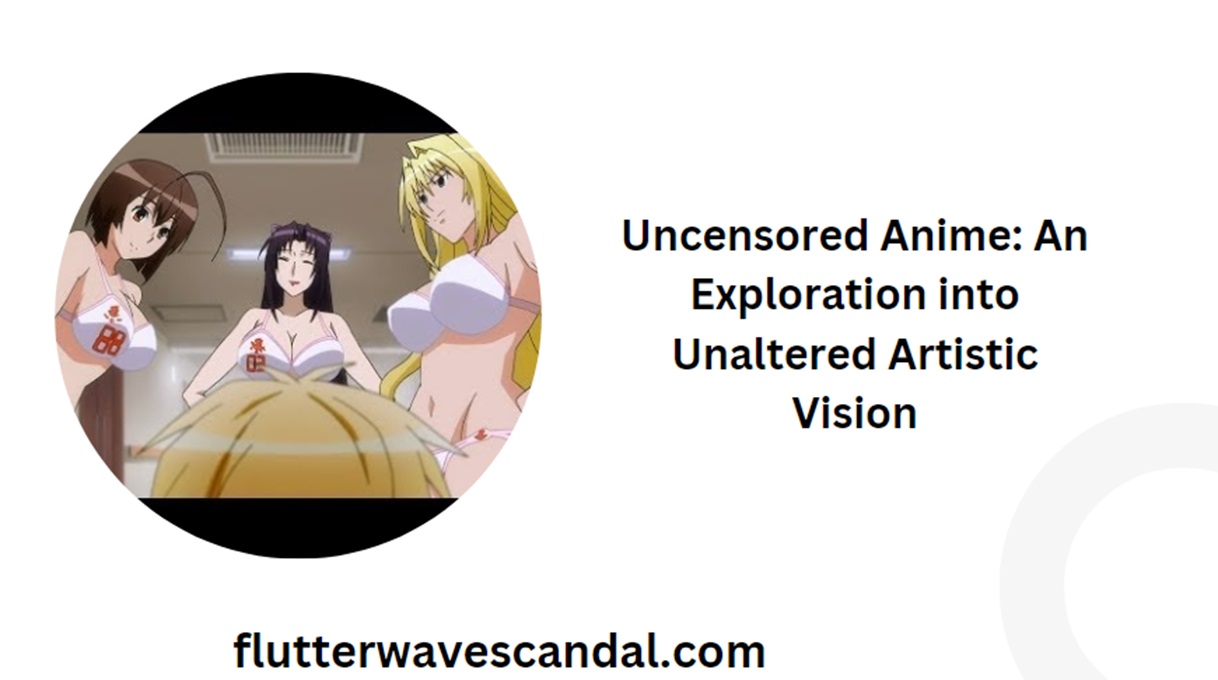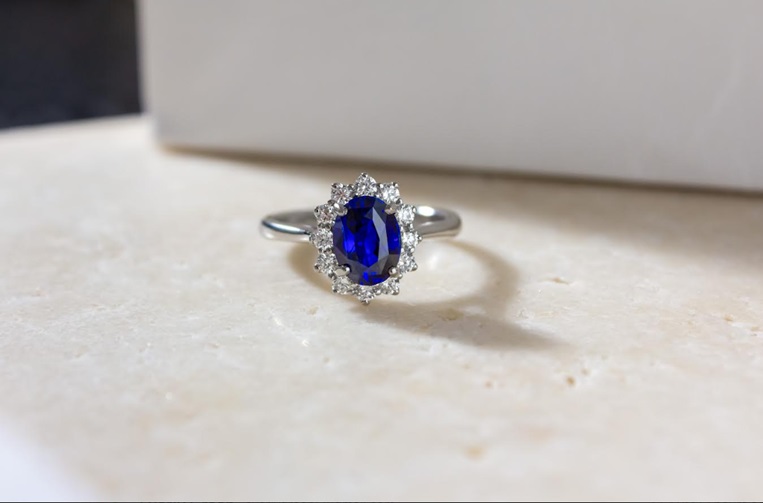
uncensored anime
Anime, a distinctive and influential form of media originating from Japan, has gained global popularity for its unique storytelling, diverse genres, and artistic expression. However, as with many forms of media, anime is often subject to censorship, which can alter the content significantly. Uncensored anime, therefore, holds a special place for enthusiasts who seek to experience the original, unaltered vision of the creators. This article delves into the concept of uncensored anime, its significance, reasons behind censorship, and its impact on the audience and industry.
Table of Contents
Understanding Censorship in Anime
Censorship in anime typically involves the modification or removal of content that is deemed inappropriate or offensive for certain audiences. This can include scenes featuring nudity, sexual content, graphic violence, or explicit language. The degree of censorship can vary greatly depending on the country, broadcasting regulations, and the platform on which the anime is distributed.
Forms of Censorship:
- Nudity and Sexual Content: Scenes involving nudity or sexual situations are often blurred, cropped, or removed. In some cases, strategic placement of objects or light beams are used to obscure sensitive areas.
- Violence and Gore: Graphic depictions of violence, blood, and gore may be toned down, with scenes being edited to reduce their intensity. This might include changing the color of the blood to a less realistic hue or cutting away from particularly brutal moments.
- Language: Explicit language can be muted or replaced with milder terms to make the content more acceptable for broader audiences.
The Appeal of Uncensored Anime
Uncensored anime appeals to many viewers for various reasons. At the core, it offers the opportunity to experience the anime in its original form, as intended by the creators. This is particularly important for fans who value artistic integrity and wish to see every detail and nuance without alteration.
Reasons for Seeking Uncensored Versions:
- Artistic Authenticity: For many fans, experiencing the creator’s unaltered vision is paramount. Censorship can sometimes disrupt the flow of a story or diminish the impact of a scene, thus affecting the overall experience.
- Mature Themes: Some anime series are designed for mature audiences and include themes or scenes that contribute to the narrative or character development. Censorship can dilute these elements, leading to a less immersive experience.
- Collector’s Value: Uncensored versions, often available through DVD/Blu-ray releases or special editions, are highly sought after by collectors. These editions can include additional content, behind-the-scenes features, and improved animation quality.
Censorship Across Different Platforms
The degree and type of censorship can vary depending on where and how the anime is distributed. Here’s a look at how censorship is applied across different platforms:
- Television Broadcasts: TV broadcasts, especially during daytime or early evening slots, are typically more censored to meet general broadcasting standards and to be suitable for younger audiences.
- Streaming Services: Online streaming platforms might offer both censored and uncensored versions, providing options for viewers based on their preferences and age verification processes.
- DVD/Blu-ray Releases: Physical media often includes uncensored versions, as these are targeted at dedicated fans and collectors who seek the complete experience.
- International Distribution: When anime is distributed internationally, it may undergo additional censorship to comply with the regulations and cultural norms of different countries. This can sometimes lead to significant alterations from the original Japanese version.
Impact on the Anime Industry
Censorship and the availability of uncensored versions can have notable effects on the anime industry, influencing production, distribution, and consumption patterns.
Production and Creative Choices:
Creators and studios may adjust their content based on anticipated censorship, sometimes opting to self-censor to ensure smoother distribution. This can lead to compromises in storytelling and artistic expression. However, the availability of uncensored versions allows creators to retain their original vision, knowing that it will eventually reach dedicated fans.
Distribution Strategies:
Distributors often release censored versions for general audiences while also offering uncensored versions through alternative channels. This dual strategy helps cater to a wider audience base while also satisfying the demands of hardcore fans.
Consumer Behavior:
The availability of uncensored anime influences consumer behavior, with many viewers preferring to wait for DVD/Blu-ray releases or seeking out streaming platforms that offer unaltered content. This can impact viewership ratings and revenue distribution between different channels.
Notable Examples of Censored and Uncensored Anime
Several anime series have notable differences between their censored and uncensored versions. Here are a few examples:
- Tokyo Ghoul: Known for its graphic violence and dark themes, “Tokyo Ghoul” faced significant censorship during its TV broadcast. Scenes involving intense violence and gore were heavily edited, but the uncensored versions available on DVD/Blu-ray restored these scenes, providing a more intense and immersive experience.
- High School DxD: This series, known for its ecchi (suggestive) content, experienced censorship of nudity and sexual scenes during TV broadcasts. The uncensored versions, available on DVD/Blu-ray, include these scenes in their original form, which is a significant draw for its fanbase.
- Attack on Titan: While not as heavily censored as some other series, “Attack on Titan” had certain violent scenes toned down for TV broadcasts. The uncensored versions available on home media provide the full, unaltered depiction of these scenes.
The Ethics and Controversy of Censorship
The practice of censoring anime is not without its controversies. Discussions often arise around the ethical implications of altering creative works and the impact on the audience’s freedom to choose what they consume.
Arguments for Censorship:
- Protecting Younger Audiences: One of the primary reasons for censorship is to protect younger viewers from exposure to inappropriate content. This is particularly relevant for TV broadcasts and streaming services accessible to a broad audience.
- Cultural Sensitivity: Censorship can help make anime more acceptable in different cultural contexts, respecting local norms and values. This can be crucial for international distribution.
Arguments Against Censorship:
- Artistic Freedom: Critics argue that censorship undermines artistic freedom and the integrity of the creator’s vision. Altering content can dilute the impact and message intended by the creators.
- Viewer Autonomy: Many believe that viewers should have the autonomy to choose what they watch. Providing content warnings and age restrictions can be more effective than outright censorship.
Conclusion: Uncensored Anime
Uncensored anime holds a significant place in the hearts of many fans, offering an unfiltered glimpse into the creative minds behind these works. While censorship plays a role in making anime accessible to broader audiences and adhering to cultural norms, the availability of uncensored versions ensures that the original artistic vision is preserved for those who seek it.
The debate over censorship and uncensored content is likely to continue as the anime industry evolves and expands globally. Ultimately, the balance between protecting certain audiences and maintaining artistic integrity will shape the future of anime distribution and consumption. For now, uncensored anime remains a testament to the unaltered creativity and storytelling that defines this beloved medium.




